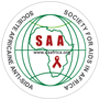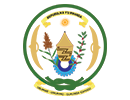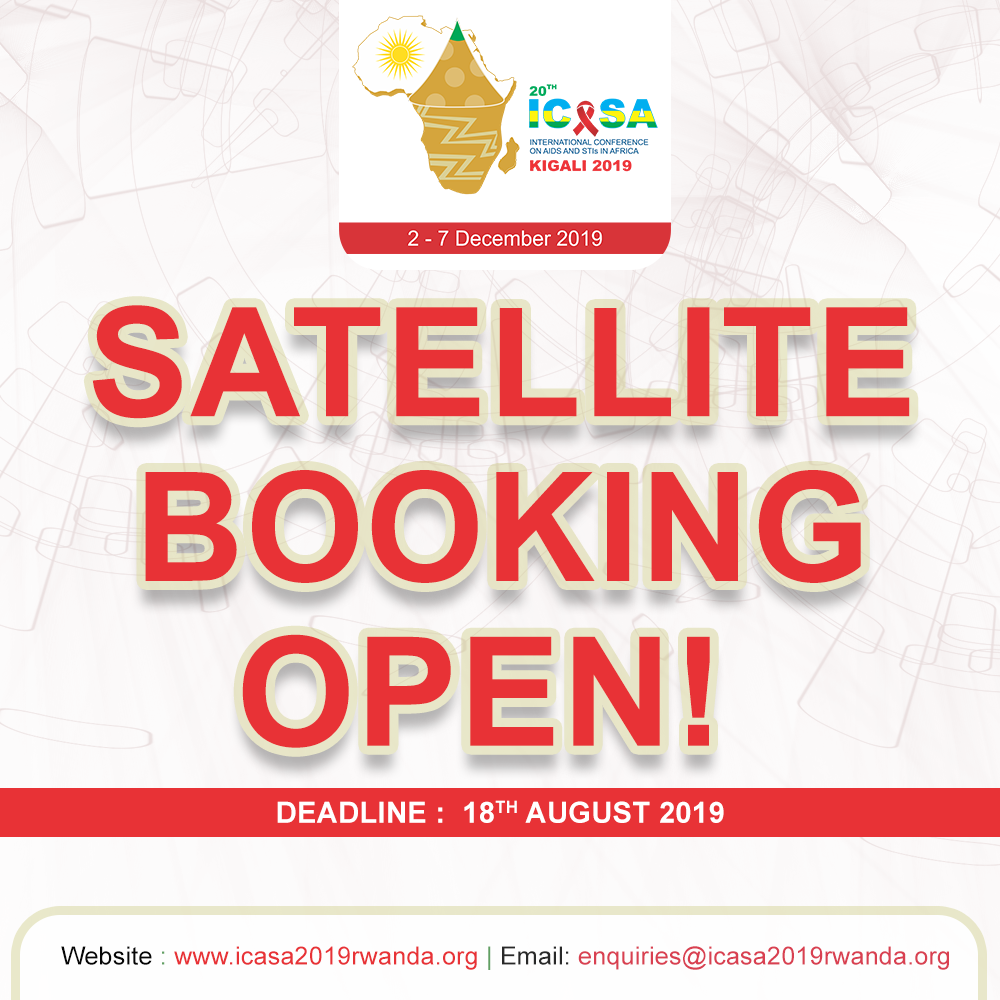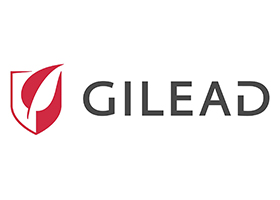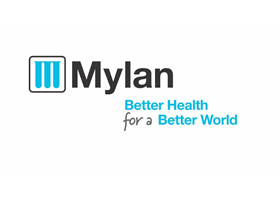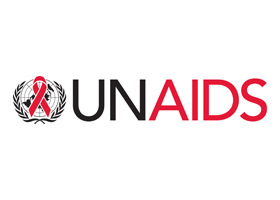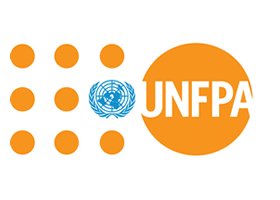Reporter: Morenike Folayan
The 2019 ICASA is a huge success by many standards – the planning, implementation, smooth operations, and communication among others. It is a significant improvement in the history of ICASA conferences organized by the Society for AIDS in Africa.
A major highlight at the conference also is the staggering numbers consistently presented throughout the conference: the large number of HIV positive people who needs to be identified through testing, innovative approaches to ensure those HIV positive are identified and placed on treatment, and science, political and community leadership to help promote adherence of those on treatment. With synergy between science, political and community leaderships, all countries will reach the global 90-90-90 targets sooner than later and the world can declare AIDS elimination.
The role of the community in achieving this global goal was highlighted will so much clarity. The theme of the 2019 World AIDS Day reinforces the importance of the community: leaders applaud the role they can play in reaching the global 90-90-90 targets; and science identifies the role they can play in improving recruitment and retention of study participants to help develop new tools for AIDS control. Energy is focused and being re-focused on the 90-90-90 targets. Sadly, nobody discusses who takes care of the 10-10-10 that will be left behind.
It is definitely clear that once the 90-90-90 targets are met, all business partners will need to move on to other businesses. Increasingly, the community is being identified as THE critical partner for reaching global targets as service providers to help identify persons who are yet to be tested, those who are HIV positive not on treatment and support to ensure adherence of those on treatment. There is nothing in the currently defined role that is positioning them as the support mechanism for the 10-10-10 that will be left behind when the 90-90-90 targets being looked are found and cared for.
Definitely, the 10-10-10 left behind will be the members of the key and vulnerable populations. No noise or questions about the 10-10-10 we are willing to let be lost as a collective. No discussions about the 10-10-10 that are currently data but truly people.
The lost 10-10-10 will sadly have to fall back on community resources for care and support when the science, leaders and donors pushing the 90-90-90 close shop and move on to other agendas. Sadly, the community leaders who will bear the burden of care and support are currently not discussing this. There is no investment in preparing the community to care for the faces of the 10-10-10.
The systems created to enable the community deliver on the global 90-90-90 cannot support their ability to care for the 10-10-10 that will be left behind.
It is therefore important for civil societies and communities to redefine themselves as we move towards the 2020 and 2030 AIDS elimination goal. It must start to push for the domestic resource mobilization agenda to include strengthening community systems not only to deliver the 90-90-90 goals, but for strengthening community systems to enable it take care of those to be left behind.
Civil society organizations need to be on the table to discuss this. The discussion need to have started yesterday!


